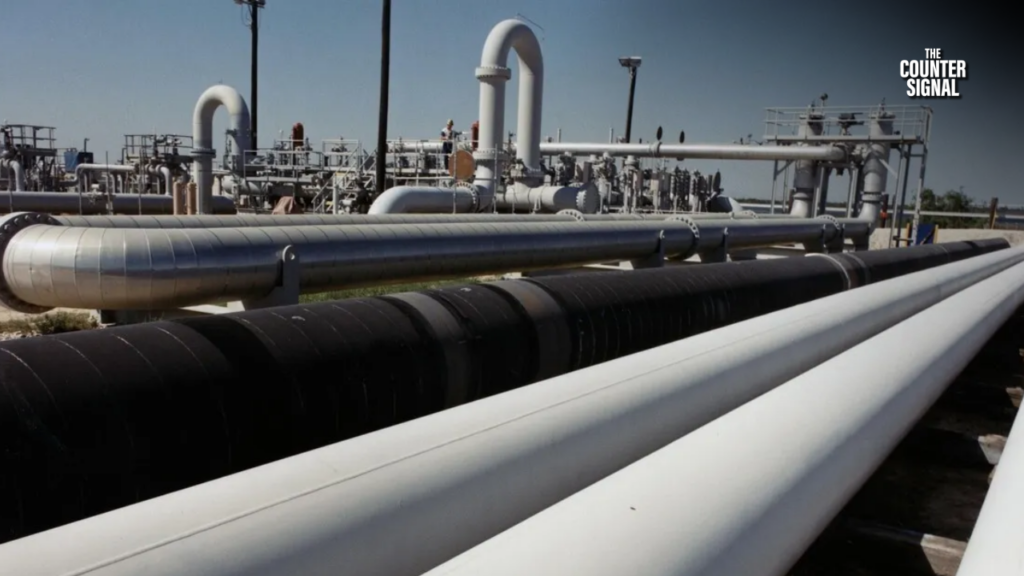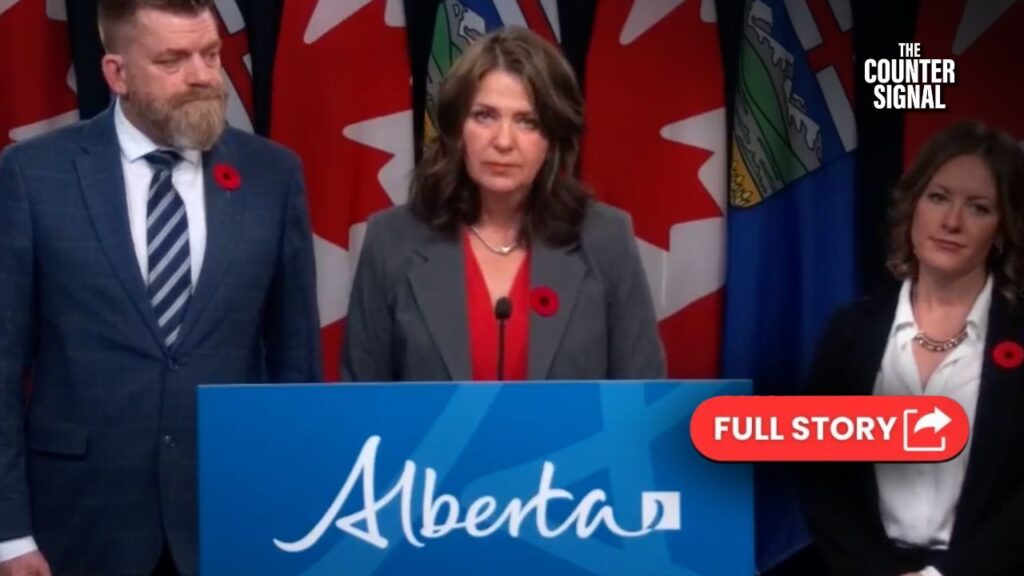If you thought food shortages were bad now, you haven’t seen anything yet, as the world’s largest chemical producer plans to cut the production of ammonia (a key ingredient in fertilizers).

Headquartered in Germany, BASF, the world’s largest chemical producer, has stated that it plans to cut ammonia production even further to cope with skyrocketing natural gas prices.
“We are reducing production at facilities that require large volumes of natural gas, such as ammonia plants,” BASF CEO Martin Brudermüller said in a media call.
For those unaware, ammonia is essential in the production of fertilizers, diesel exhaust fluid, and plastics. Moreover, as noted by Reuters, ammonia production also yields “high-purity carbon dioxide (CO2) as a byproduct, which is needed by the meat and fizzy drinks industries” — though BASF doesn’t ship high-purity CO2.
According to Fertilizer Canada, “Anhydrous ammonia is a highly effective fertilizer that helps farmers feed our growing population and replenish nutrients in the soil. As a fertilizer, it provides essential nitrogen for plants and is imperative that proper precautions are taken to ensure that it is handled correctly.”
Now, Brudermüller says that while the company plans to purchase some ammonia from other suppliers, the consequence of BASF’s cut to production will inevitably result in drastically higher fertilizer prices for farmers.
Similarly, major fertilizer producer Yara (Germany’s third-largest ammonia production site) has stated that its output in Europe is already 27% below capacity due to rising gas prices.
BASF began cutting ammonia production last year — well before the Russia-Ukraine war began — which has contributed significantly to inflated prices in global agriculture sectors.
As per a 2021 news release, “Due to the recent rise on natural gas prices in Europe, the economics for operating an ammonia plant in the region has become extremely challenging. As a result, BASF has curtailed its ammonia production at its production sites in Antwerp and Ludwigshafen.”
Put simply, a rise in costs in one part of the supply chain can spill over and lead to price increases elsewhere.
This all comes at a time when people around the world face food shortages, and governments are moving to cut nitrogen and carbon emissions, primarily from fertilizers, which will drive many farmers to bankruptcy.











